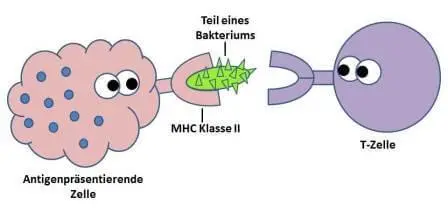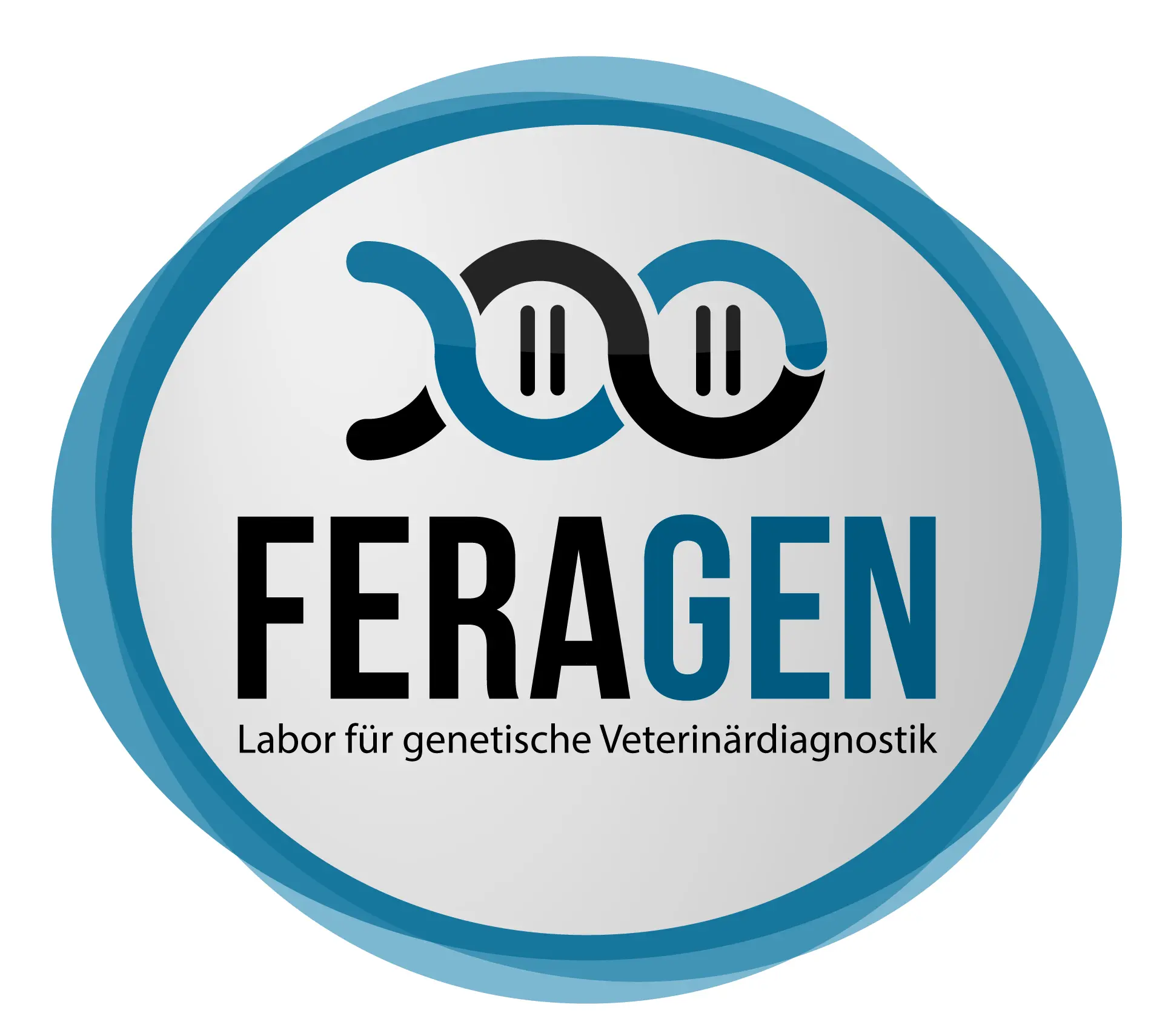This blog series was kindly made available to us by FERAGEN. Thank you very much!
www.feragen.at

‘Genetic diversity or not?’ – DLA genes help to find the answer
Which breeder is not familiar with the tiresome topic of genetic diseases in our pedigree dogs? Almost every day there are various reports about new hereditary diseases that torment our four-legged companions. To make matters worse, autoimmune diseases are becoming more and more common, and we have seen a dramatic increase in these in recent years. Diabetes mellitus, hypothyroidism, various forms of allergies and many other diseases we would actually attribute to humans. In fact, however, they are now almost commonplace in many pedigree dogs. Autoimmune diseases are classed as complex diseases. This means that in addition to a genetic predisposition, a wide variety of environmental factors are also necessary for their development. Infections that are harmless in themselves or even vaccinations can be such triggers. An overreaction of cells of the immune system can, for example, not only lead to the fight against a virus, but also to the destruction of the body’s own cells, such as those of the thyroid gland. This can subsequently result in an autoimmune disease.
And what do you do? – Functions of the DLA genes in the immune system
Certain genes of the immune system, more precisely the Major Histocompatibility Complex, or MHC for short, play an important role in immune defence, but also in the development of autoimmune diseases. There are a total of three MHC classes (I, II and III), with each class fulfilling different functions in the immune system. Our main focus is on MHC class II, which includes the three DLA genes (dog leukocyte antigen) DLA-DRB1, DLA-DQA1 and DLA-DQB1. They are also passed on to the next generation in these triple packages, the so-called haplotypes.
Certain cells of the immune system (antigen-presenting cells) have so-called MHC II receptors on their surface. They are the products of the DLA genes. The receptors fix parts of bacteria and present them to other cells of the immune system, e.g. T cells. The bacteria are then destroyed and rendered harmless.

DLA genes are sent into battle in the early phase of defence reactions against pathogens in order to destroy them (see comic). There are numerous different variants (alleles) of these genes. The greatest possible genetic diversity of gene variants is essential for our dogs, as this is the only way our four-legged friends can react quickly to a wide variety of infections or changing environmental conditions. To date, well over 170 gene variants have been found in countless dog breeds, but only very few of these combinations are actually still available to our pedigree dogs. On average, there are 5 different haplotypes per breed, with one with a high frequency, two with around 20% and one or two with a low frequency occurring in all dogs of a breed.
How important is genetic diversity and heterozygosity?
Examples from the wild, such as the Russian Arctic fox (https://pubmed.ncbi.nlm.nih.gov/22408734/), show us how important genetic diversity and heterozygosity (two different gene combinations in the DLA genes) are for increased resistance to infections. Just over a century ago, the Arctic fox populations living on different islands were severely decimated due to a mange epidemic. One population was able to recover very well, while the other is still struggling with high parasitic infection rates. When typing the DLA genes, it was found that the healthy animals have a high genetic variability in the DLA genes, while the others all have the same gene combinations. The genetic diversity and heterozygosity seems to result in a higher resistance to mange!
More genetic diversity in love
DLA gene combinations not only perform important immunological functions. The loss of gene variants is also an initial ‘indicator’ of a loss of genetic diversity through inbreeding. The heterozygosity of DLA genes is also a major issue in mate selection. In humans, but also in mice, fish and birds, studies have shown that females prefer partners with the most diverse MHC genes possible (including the DLA genes) for reproduction. This ensures that the offspring have an optimal genetic make-up, which should ensure the survival of the offspring. In this case, one also speaks of heterozygote advantage. This generally means that organisms with different gene variants (heterozygous) have greater reproductive success than those with identical gene variants (homozygous). Thanks to this phenomenon, genetic diversity is also maintained because it provides a survival advantage. In today’s dog breeding, humans take over the decision of mate selection and the original instinct of our dogs is neglected. This makes it all the more important to use the means at our disposal to ensure more variability and thus enable our dogs‘ offspring to live as healthy a life as possible!
Relevance of DLA genes in breeding
DLA gene combinations provide a wide range of information. On the one hand, they represent a functioning immune system, but certain combinations are also associated with autoimmune diseases. In order to ensure greater genetic variability in the DLA genes, it seems to be a sensible step to include these genes in future breeding plans, as well as the other breeding-relevant factors. Ultimately, it is the immune system that makes a significant contribution to the health of our dogs and only if it has the necessary genetic make-up can it react adequately to changing environmental conditions.
But what role do the DLA genes really play in modern dog breeding?
And how can you increase genetic diversity by choosing the right partners?
Read what the MHC genes are all about in the next blog article by FERAGEN







